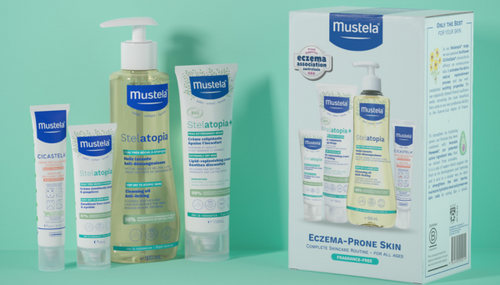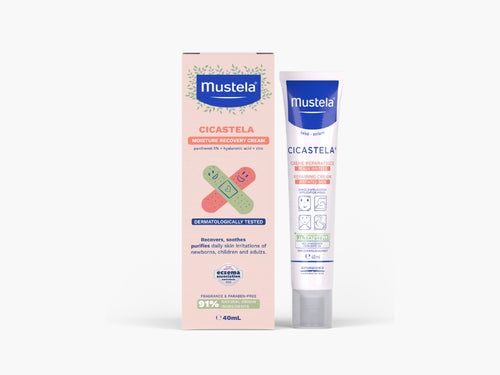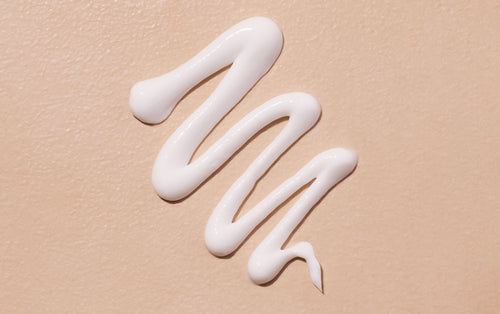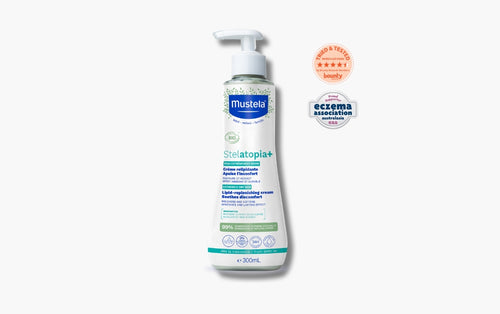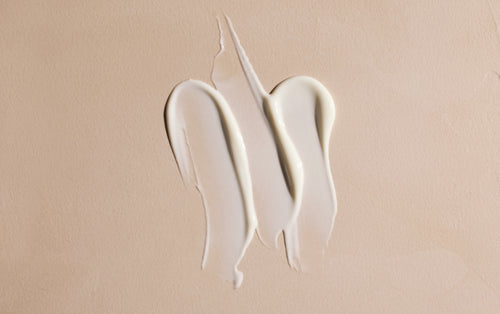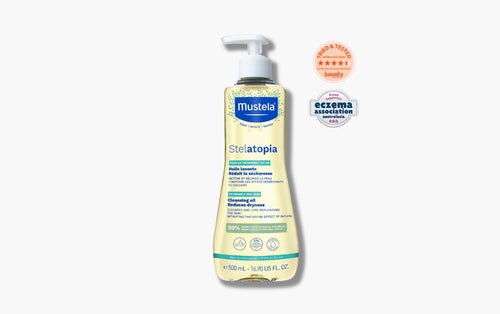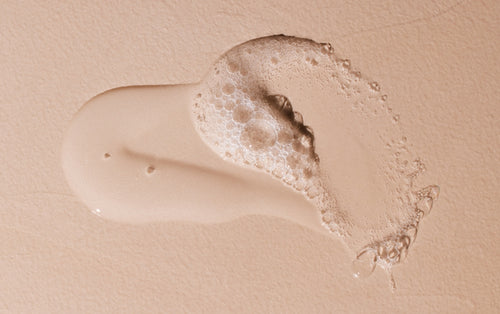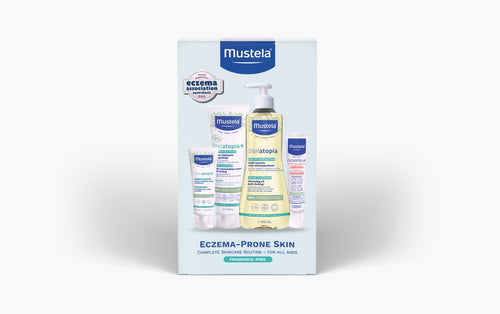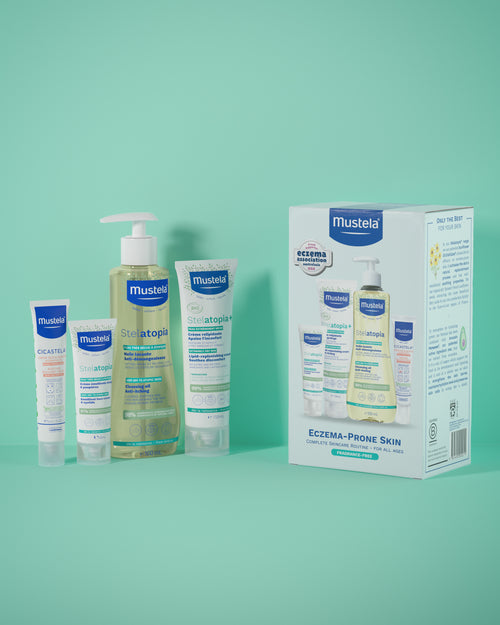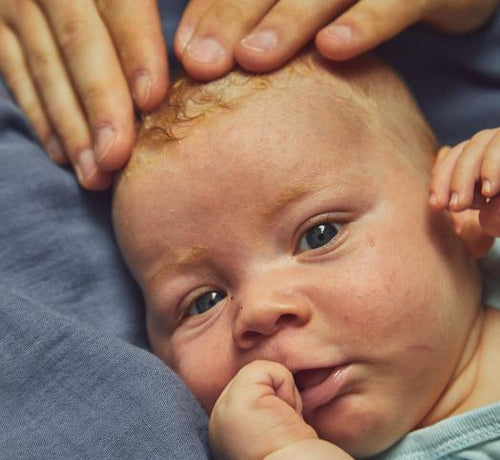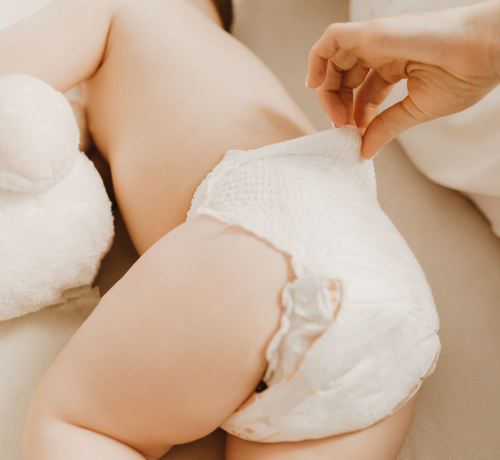Children's skin is more vulnerable than adult’s skin to UV rays. It is less able to withstand the harmful effects of the sun and can take many years to recover from sunburn. Childhood is therefore a vital period as far as the sun is concerned, and parents have an important role to play in protecting their children’s skin.
The sun's dangers
Learn to recognize the sun's dangers in order to give your baby proper protection!
Solar radiation
There is different types of radiation. Among the various types of solar radiation that reach of the Earth, there are three types that affect our bodies:
• Visible rays (that the human eye can see),
• Infrared (IR),
• Ultraviolet (UV): UVA and UVB.
The ozone layer prevents UV rays with wavelengths of under 290 nm (UVCs) and the shortest UVB rays (280-290 nm) from reaching the Earth.
Effects on the skin
The effects on our skin vary depending on the rays’ wavelength: the greater a ray’s wavelength, the deeper it penetrates into our skin. So UVA and UVB rays have different consequences:
• UVB rays are responsible for tanning, sunburn, ageing of the skin and also skin cancer. They are harmful to our skin.
• UVA rays, which penetrate more deeply, are responsible for tanning but also for skin ageing and wrinkles. UVA rays are less powerful than UVB rays, but there are far more of them: they account for 98% of all UV rays, whereas UVB rays account for only 2%. Also, they remain constant throughout the day and throughout the year, whereas UVB rays are more powerful at midday and in the summer, and less powerful in the mornings, evenings and in wintertime.
Good sun protection should be effective against both UVA and UVB rays.
Radiation absorbed
The amount of solar radiation that our skin absorbs varies depending on many factors:
• Season: In July in the northern hemisphere, the risk of sunburn due to UVB rays is 100 times greater than in the wintertime.
• Latitude: The sun is at its strongest at the equator, where it is directly above us. It therefore has a shorter journey to make through the ozone layer.
• Altitude: The amount of UVB radiation increases by 4% with every 300 meter (or 1000 feet) increase in altitude. This partly explains why the risk of sunburn is so high in mountainous regions.
• Time of day: In the morning and the evening, the sun's rays are oblique. They cross the ozone layer more between 11 AM and 2 PM when UVB sunlight is at its maximum.
• Clouds: Depending on the thickness and their altitude, they can filter the UV rays a little, but it is still possible to get sunburnt when the sky is overcast.
• The nature of the ground: Reflective powers vary depending on whether there is snow on the ground (85%), sand (17%), water (5%) or grass (3%). So the mountains are particularly dangerous, with more UVB rays because of the altitude and greater reflective powers because of the snow.
• Water: It can reflect up to 20% of all UV rays, hence a risk of sunburn even underwater.
The effects of the sun on our skin
The positive effects
The sun's rays trigger positive biological reactions, the main one being the synthesis of vitamin D. This vitamin stimulates the metabolism of calcium and promotes bone growth. The sun also has a positive effect on our mood, and moderate exposure to it can prevent seasonal depression.
The negative effects
Nevertheless, solar radiation can also induce harmful biological effects, both short-term and long-term:
- In the first few hours following exposure, two types of phenomena can occur, depending on the duration and intensity of exposure, as well, as the subject’s skin type:
• The calorific affect from infrared rays can lead to sunstroke with dizziness and/or headache, or even heatstroke, with acute dehydration and confusion and disorientation. Children are especially prone to this.
• The epidermis can be burnt by UVB rays and partially by UVA rays, resulting in sunburn.
- After several years, repeated exposure to the sun without suitable effective protection leads to the skin cells deteriorating.
• UVA rays speed up skin ageing and destroy the skin's elasticity.
• UVB rays, with the help of UVA rays, can induce skin cancer via a photo-carcinogenesis mechanism. Epitheliomas can be distinguished, appearing in the form of little round white or pink-colored elevated areas or persistent scabs, and malignant melanomas, appearing on healthy skin, or resulting from a change in a mole. To catch these melanomas at an early stage, you need to keep an eye on any moles that change their appearance, color, shape, or thickness. Do not hesitate to consult your doctor on a regular basis.
Updated: 29/04/2022


